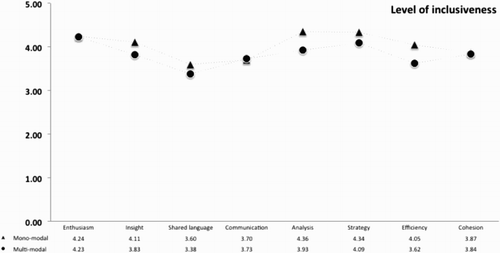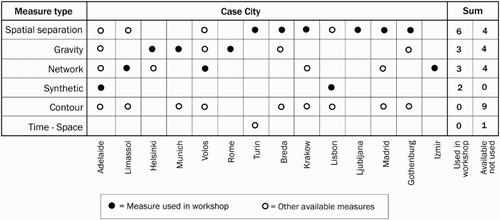Figures & data
Table 1. Participating partners and accessibility instruments.
Figure 2. Example of interactive workshop organization and planning questions in the Gothenburg case (see details of steps in ).

Table 2. Four-step workshop.
Figure 4. Usefulness by type of accessibility measure (average of Likert scale: 1 – strongly disagree to 5 – strongly agree).
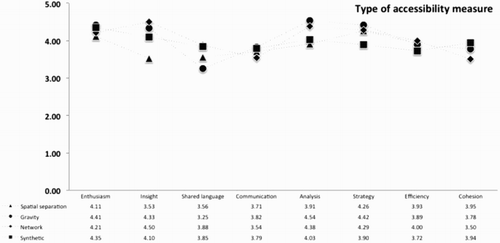
Figure 6. Usefulness according to the resolution and structure of output (average of Likert scale: 1 – strongly disagree to 5 – strongly agree).
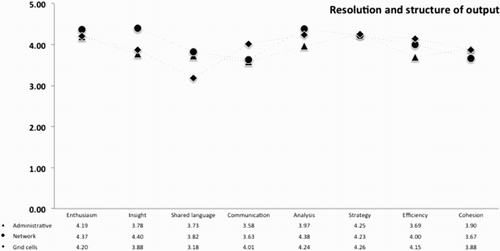
Figure 7. Categorization of inclusiveness of transport modes by case city. Note: One case is classed as ‘other’. It is referring to the context of accessibility to public utilities networks (such as electricity and water networks) from potential housing development sites. Since this case is not relevant for travel and mode choice, it is excluded from analysis in this section.
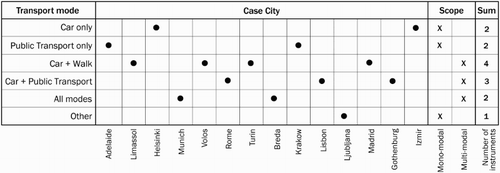
Figure 8. Usefulness according to the level of inclusiveness of accessibility instruments (average of Likert scale: 1 – strongly disagree to 5 – strongly agree).
